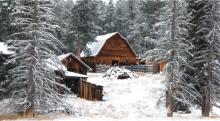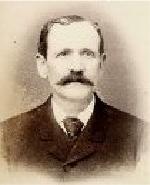Deadwood's Award from American Cowboy Magazine
Select on following image to view ACM web site
I talked to the American Cowboy Magazine Editor and he confirmed that Deadwood has been chosen by them as one of the greatest places to live in the West 2011. Deadwood SD has beebchosen based on their authentic cowboy culture and charm, respect for history and heritage, recreational, leisure and outdoor activities and having a strong sense of community coupled with a free-spirited rugged independence. He added that it is an popular destination point for tourists. The award will be added to the initial award and will be published in the hard copy April/May Magazine issue. Sometime later it will be published in the above blog site.
 |
| Photo Credit www.Deadwood.com |
Lee Harstad of the Deadwood Chamber of Commerce commented to me . . . . "We are truly honored to be named one of the best places to live by American Cowboy magazine. The publication is a respected one, and that makes the honor even greater. The magazine’s editors used the criteria of history and heritage, culture and charm, and recreational, leisure and outdoor activities to choose their top places to live feature, and under that criteria, we feel they would have a tough time selecting another location. Deadwood is unique in its offerings, and the millions of visitors that walk the streets - just like millions before them – can attest to the authenticity and experience that only Deadwood can offer."











